This is a subtitle for your new post
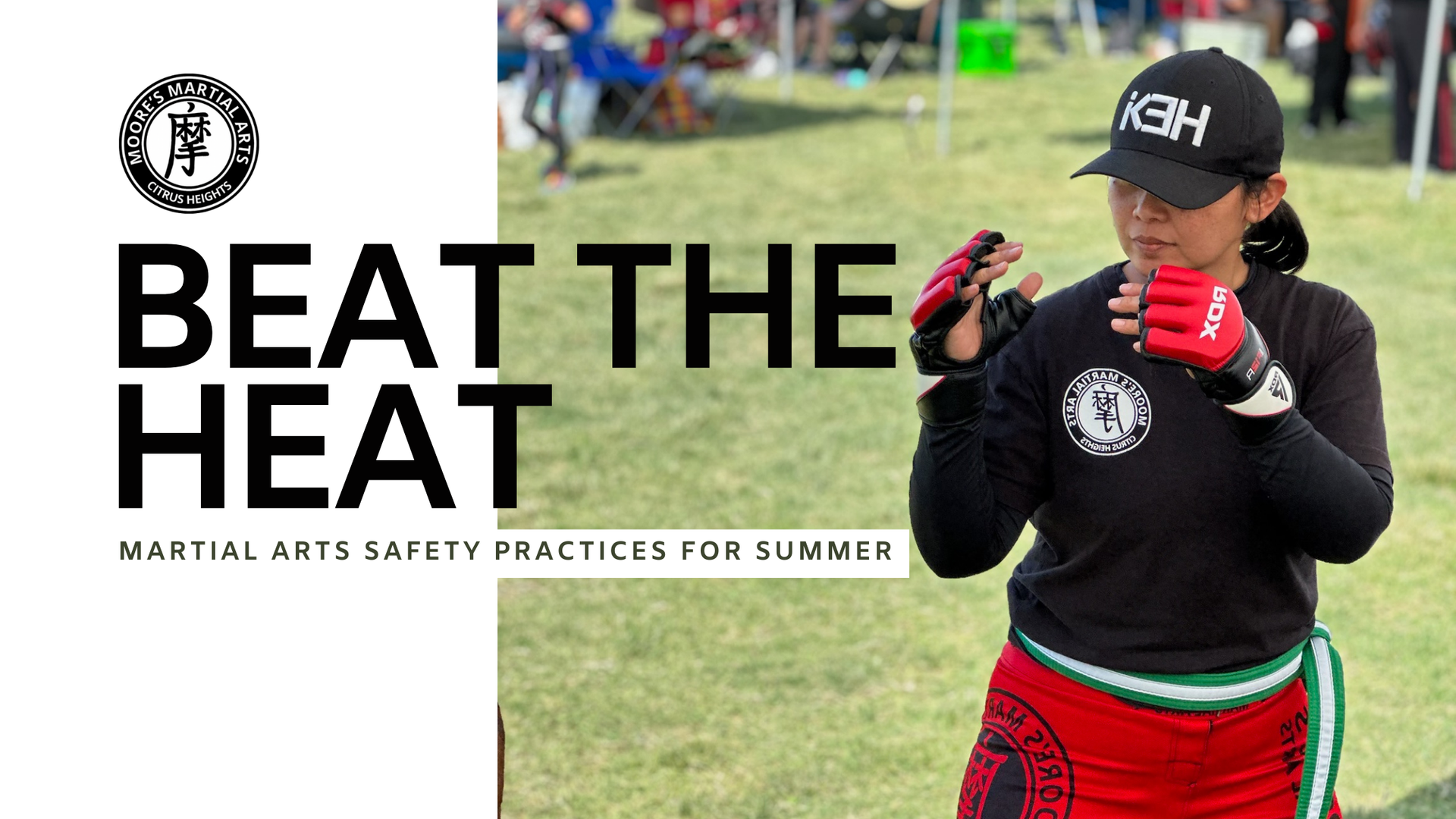
Summer brings longer days and warmer temperatures, making it a popular season for outdoor activities and intensive training sessions. However, for martial artists, the summer heat can pose significant risks if proper precautions are not taken. From dehydration to heat exhaustion, understanding how to stay safe during your training is crucial. This article will provide essential safety practices for martial arts enthusiasts to ensure they can train effectively while minimizing the dangers associated with the summer heat. Whether you’re practicing in a dojo or taking your training outdoors, these tips will help you stay cool, hydrated, and injury-free.
Understanding the Risks of Summer Training
Summer training can be invigorating, but it comes with its own set of challenges. The increased temperatures and humidity levels can significantly impact your body’s ability to perform and recover. Here are some key risks associated with summer martial arts training:
Dehydration
One of the most common issues during summer training is dehydration. As you sweat more to cool your body, you lose vital fluids that need to be replenished. Without proper hydration, you may experience fatigue, dizziness, and muscle cramps, which can hinder your performance and increase the risk of injury.
Heat Exhaustion and Heat Stroke
Training in high temperatures can lead to heat exhaustion or even heat stroke, both of which are serious conditions. Symptoms of heat exhaustion include heavy sweating, weakness, cold or clammy skin, nausea, and fainting. Heat stroke, on the other hand, is more severe and can be life-threatening. It is characterized by a high body temperature, altered mental state, rapid breathing, and a lack of sweating despite the heat.
Increased Risk of Injury
Hot weather can affect your body’s flexibility and muscle function. Overheating can lead to a decrease in muscle performance and coordination, making you more susceptible to strains, sprains, and other injuries. Additionally, the fatigue that comes with excessive heat can cause lapses in concentration and technique, further increasing the risk of injury.
Importance of Awareness and Preparation
Being aware of these risks is the first step in mitigating them. Preparation involves not only understanding the signs and symptoms of heat-related illnesses but also implementing strategies to prevent them. This includes adjusting your training schedule, choosing appropriate gear, and listening to your body’s signals.
By recognizing the potential hazards of summer training and taking proactive steps to address them, you can enjoy a safe and productive martial arts practice even in the hottest months of the year.
Hydration is Key
Staying properly hydrated is one of the most important factors in preventing heat-related illnesses during summer martial arts training. Here are some essential tips for maintaining optimal hydration levels:
The Role of Hydration in Preventing Heat-Related Illnesses
Water is crucial for regulating body temperature, especially during intense physical activity in hot weather. When you exercise, your body generates heat, and sweating helps cool you down. However, sweating also leads to the loss of essential fluids and electrolytes. If these fluids are not replenished, dehydration can set in, affecting your performance and health.
Tips for Staying Hydrated During Training
- Drink Plenty of Water: Aim to drink water consistently throughout the day, not just during training. A good rule of thumb is to drink at least 8-10 glasses of water daily, but this amount should increase during intense training or extreme heat.
- Hydrate Before, During, and After Training: Start hydrating before your training session begins. Drink at least 16-20 ounces of water 2-3 hours before exercising and another 8-10 ounces 20-30 minutes before you start. During training, try to drink 7-10 ounces of water every 10-20 minutes. After training, replenish lost fluids by drinking at least 16-24 ounces of water for every pound of body weight lost during exercise.
- Monitor Your Hydration Levels: Pay attention to the color of your urine. Clear or light-colored urine typically indicates good hydration, while dark urine can be a sign of dehydration. Also, keep an eye on your body’s signals, such as dry mouth, dizziness, or extreme thirst.
- Incorporate Electrolyte Drinks: In addition to water, consider incorporating sports drinks that contain electrolytes like sodium, potassium, and magnesium. These can help replenish the minerals lost through sweat and maintain the balance of fluids in your body.
- Avoid Dehydrating Beverages: Limit or avoid drinks that can contribute to dehydration, such as those containing caffeine or alcohol. These substances can increase urine output and lead to further fluid loss.
Hydration Strategies for Different Training Environments
- Indoor Training: Even if you’re training in an air-conditioned dojo, it’s important to stay hydrated. The cooler environment can sometimes mask the amount you’re sweating, so keep up with your hydration routine.
- Outdoor Training: When training outdoors, consider the time of day. Early morning or late evening sessions are preferable to avoid the peak heat of midday. Always carry a water bottle and take frequent hydration breaks.
By prioritizing hydration, you can maintain your energy levels, enhance your performance, and reduce the risk of heat-related illnesses. Proper hydration is not just about drinking water; it’s about developing a consistent routine that ensures your body has the fluids it needs to function optimally, especially in the summer heat.
Choosing the Right Gear
Training in the summer heat requires selecting the right gear to ensure comfort and safety. The clothing and equipment you choose can significantly impact your ability to perform well and stay cool. Here are some essential tips for choosing the appropriate gear for summer martial arts training:
Appropriate Clothing for Hot Weather
- Lightweight and Breathable Fabrics: Opt for clothing made from lightweight and breathable materials such as cotton or moisture-wicking synthetic fabrics. These materials help to keep you cool by allowing air to circulate and sweat to evaporate quickly.
- Light-Colored Clothing: Dark colors absorb more heat, so wearing light-colored clothing can help reflect sunlight and keep you cooler.
- Loose-Fitting Attire: Loose-fitting clothes provide better ventilation and help to prevent overheating. Tight clothing can restrict airflow and increase your body temperature.
- UV Protection: If you’re training outdoors, consider wearing clothing with built-in UV protection to shield your skin from harmful ultraviolet rays.
Importance of Proper Footwear
- Breathable Shoes: Choose shoes that offer good ventilation to keep your feet cool and dry. Look for shoes with mesh panels or other breathable materials.
- Comfort and Support: Ensure your footwear provides adequate support and cushioning to prevent injuries. Proper shoes can help absorb impact and reduce the risk of foot and ankle injuries.
- Non-Slip Soles: If you’re training on outdoor surfaces or mats, non-slip soles can help maintain traction and prevent slips and falls.
Protective Gear
- Headgear: If your training involves sparring, wearing headgear can protect you from head injuries while also providing some insulation against the heat.
- Mouthguards and Padding: Ensure that mouthguards and any protective padding are well-fitted and comfortable, as ill-fitting gear can cause discomfort and distract you during training.
Accessories for Sun Protection
- Hats and Caps: Wearing a hat or cap with a wide brim can provide shade and protect your face and neck from the sun.
- Sunglasses: If you’re training outdoors, sunglasses can protect your eyes from harmful UV rays and reduce glare, improving visibility and focus.
Additional Gear Considerations
- Cooling Towels: Consider using cooling towels that can be soaked in water and placed around your neck or on your head during breaks. These can help lower your body temperature.
- Water Bottles with Insulation: Use insulated water bottles to keep your drinks cool for longer periods. Staying hydrated with cold water can help regulate your body temperature.
By choosing the right gear, you can enhance your comfort and performance during summer training sessions. Proper clothing, footwear, and accessories not only help you stay cool but also reduce the risk of heat-related illnesses and injuries, allowing you to focus on your martial arts practice safely.
Adjusting Training Routines
Adapting your training routines to the summer heat is crucial for maintaining performance and preventing heat-related issues. Here are some strategies to adjust your workouts for the warmer months:
Modifying Workouts for Higher Temperatures
- Shorten Training Sessions: Consider reducing the duration of your training sessions during peak heat. Shorter, more frequent sessions can help maintain your fitness without overexerting yourself in high temperatures.
- Lower Intensity Workouts: On particularly hot days, switch to lower intensity exercises. Focus on techniques, forms, or light sparring instead of high-intensity drills and conditioning exercises.
- Warm-Up and Cool-Down Adjustments: Modify your warm-up and cool-down routines to suit the heat. A gentle warm-up can prepare your body without raising your core temperature too much, while an extended cool-down with stretching can help your body gradually return to a normal temperature.
Incorporating Rest Periods
- Frequent Breaks: Take frequent breaks during your training to rest and rehydrate. Use these breaks to assess your body’s response to the heat and avoid pushing yourself too hard.
- Find Shade: If you’re training outdoors, take breaks in the shade to cool down. Resting in a cooler environment helps lower your body temperature more effectively.
- Use Cooling Techniques: During breaks, use cooling techniques such as wetting a towel with cold water and placing it on your neck or wrists. This can help reduce your core temperature quickly.
Time of Day for Training
- Early Morning or Late Evening Sessions: Schedule your training sessions during the cooler parts of the day, such as early morning or late evening. Avoid training during the midday heat when temperatures are at their highest.
- Indoor Training: When possible, train indoors where the environment can be controlled. Air-conditioned dojos or gyms can provide a safer setting for intense workouts.
Listening to Your Body
- Know Your Limits: Pay attention to your body’s signals and know when to stop. Symptoms like dizziness, excessive sweating, weakness, or nausea are signs that you need to take a break and cool down.
- Adjust Based on Conditions: Be flexible with your training plans. If the weather is excessively hot, consider adjusting your routine or even taking a rest day. Pushing through extreme conditions can lead to serious health risks.
Staying Motivated and Safe
- Buddy System: Train with a partner who can help monitor your condition and provide support if you start to feel unwell. Having someone else there can be crucial in identifying early signs of heat exhaustion.
- Track Progress: Keep a training journal to monitor how the heat affects your performance and recovery. Adjust your routines based on your observations to ensure you’re not overtraining.
By adjusting your training routines to accommodate the summer heat, you can maintain your fitness and skill levels while minimizing the risk of heat-related illnesses. These modifications ensure that you stay safe and continue to enjoy your martial arts practice, even during the hottest months of the year.
Recognizing and Responding to Heat-Related Symptoms
Training in the summer heat requires vigilance in recognizing and responding to signs of heat-related illnesses. Prompt action can prevent serious health issues and ensure your safety during martial arts practice. Here are the common symptoms and appropriate responses:
Common Signs of Heat Exhaustion and Heat Stroke
- Heat Exhaustion
- Symptoms: Heavy sweating, weakness, cold or clammy skin, dizziness, headache, nausea or vomiting, muscle cramps, and fainting.
- Response: If you or someone else shows signs of heat exhaustion, immediately move to a cooler place, lie down, and loosen clothing. Apply cool, wet cloths to the body or take a cool bath. Sip water slowly, and if symptoms persist for more than an hour, seek medical attention.
2. Heat Stroke
- Symptoms: High body temperature (104°F or higher), hot, red, dry, or damp skin, rapid and strong pulse, headache, dizziness, nausea, confusion, and loss of consciousness.
- Response: Heat stroke is a medical emergency. Call 911 immediately. Move the person to a cooler environment and try to cool them down with whatever means available, such as a cool bath or cool cloths. Do not give the person anything to drink if they are not fully conscious.
First Aid Measures
- Cooling Techniques: Use ice packs on the armpits, neck, and groin areas to rapidly cool the body. If possible, immerse the person in a tub of cool water or place them in a cold shower.
- Rehydration: Provide small sips of water or a sports drink if the person is conscious and able to drink. Avoid giving large amounts quickly, as this can cause nausea.
- Monitor Vital Signs: Keep track of the person’s breathing and pulse. Be prepared to perform CPR if necessary and stay with the person until help arrives.
When to Seek Medical Help
- Persistent Symptoms: If symptoms of heat exhaustion do not improve within an hour after taking initial measures, seek medical attention.
- Severe Symptoms: For heat stroke symptoms or if the person is unconscious, confused, or experiencing seizures, call emergency services immediately.
Preventive Measures
- Stay Informed: Be aware of the weather forecast and avoid training during extreme heat advisories.
- Educate Yourself: Understand the signs and symptoms of heat-related illnesses and share this knowledge with your training partners.
- Buddy System: Train with a partner who can help monitor your condition and respond quickly if you show signs of heat stress.
Long-Term Safety Strategies
- Acclimatization: Gradually increase the intensity and duration of your training sessions over a week or two to allow your body to acclimate to the heat.
- Regular Breaks: Incorporate regular breaks into your training routine to rest and cool down, even if you don’t feel overheated.
- Hydration Plan: Follow a consistent hydration plan before, during, and after training sessions to maintain optimal fluid levels.
By recognizing the signs of heat-related illnesses and knowing how to respond effectively, you can prevent serious health issues and ensure a safer training environment. These precautions help you stay alert and responsive, making your summer martial arts training both enjoyable and secure.
Conclusion
Summer is a fantastic time to enhance your martial arts skills, but it's crucial to prioritize safety as the temperatures rise. Understanding the risks associated with summer training and taking proactive steps to mitigate them can ensure that your training sessions remain productive and enjoyable.
By staying hydrated, choosing the right gear, adjusting your training routines, and being vigilant about recognizing and responding to heat-related symptoms, you can significantly reduce the risk of heat exhaustion, heat stroke, and other heat-related issues. Training smartly in the summer heat not only protects your health but also allows you to maintain consistent progress in your martial arts journey.
Remember, your safety and well-being should always come first. By incorporating these safety practices into your summer training regimen, you can beat the heat and continue to thrive in your martial arts practice, no matter how high the mercury climbs.
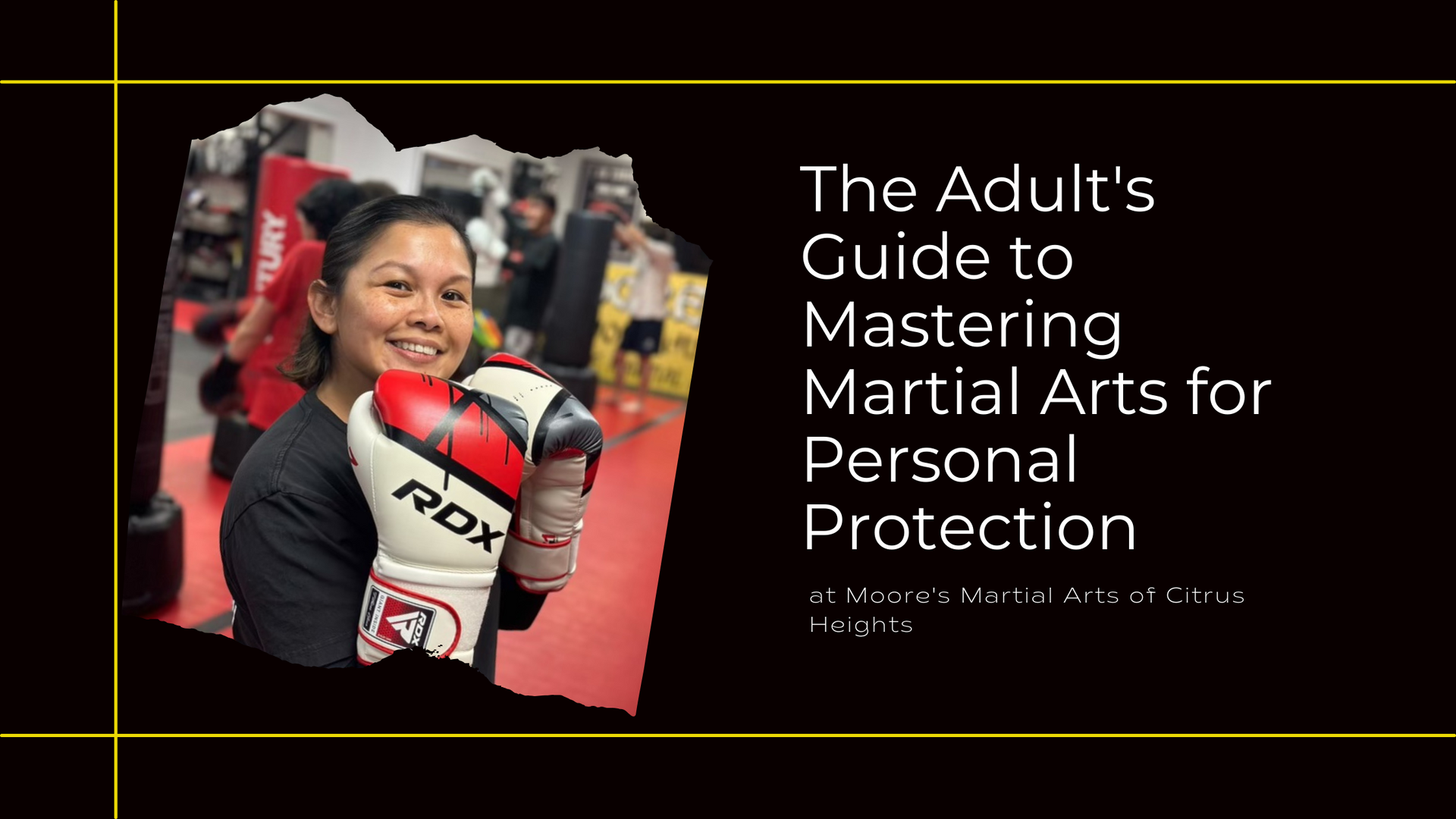
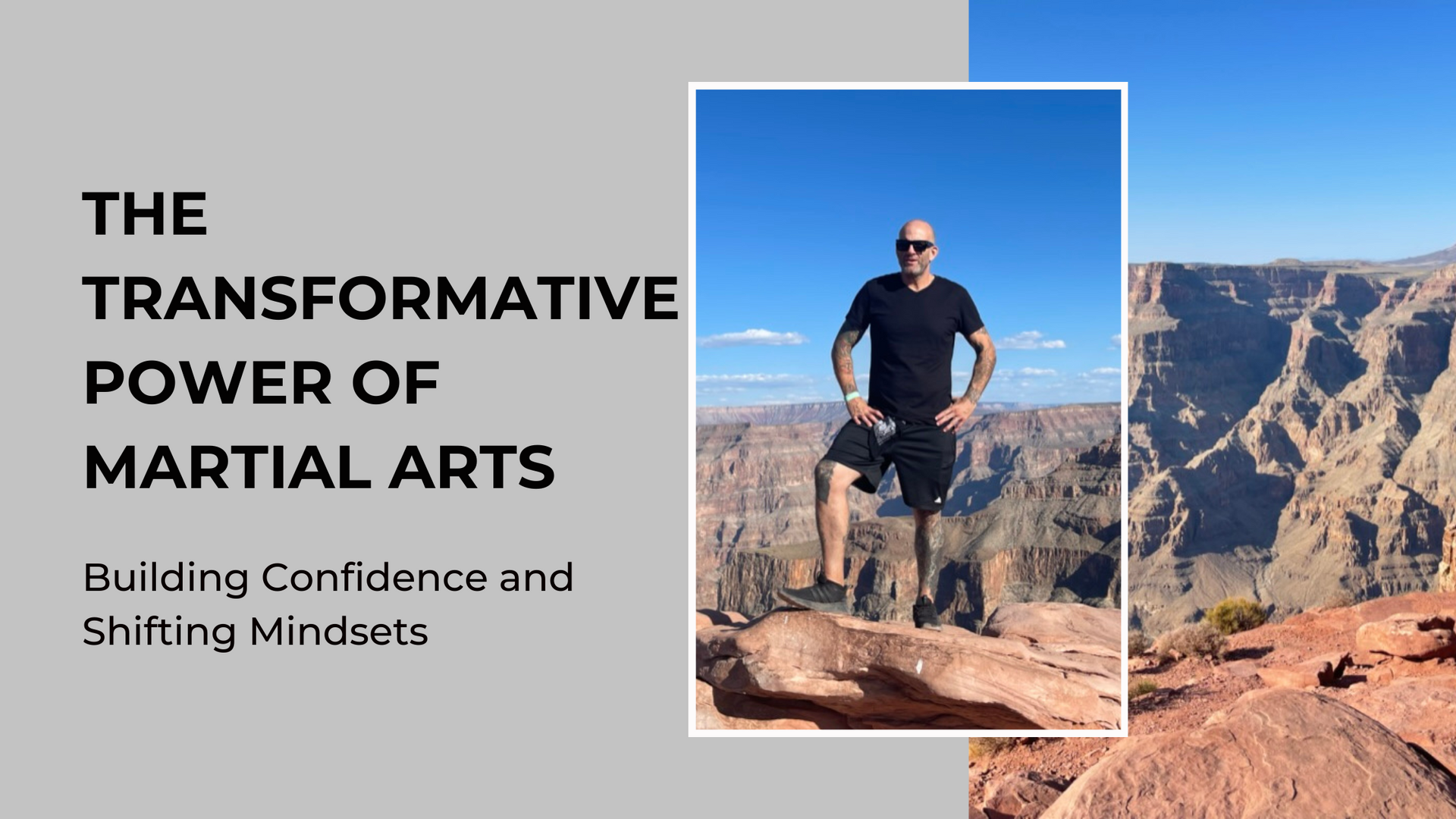
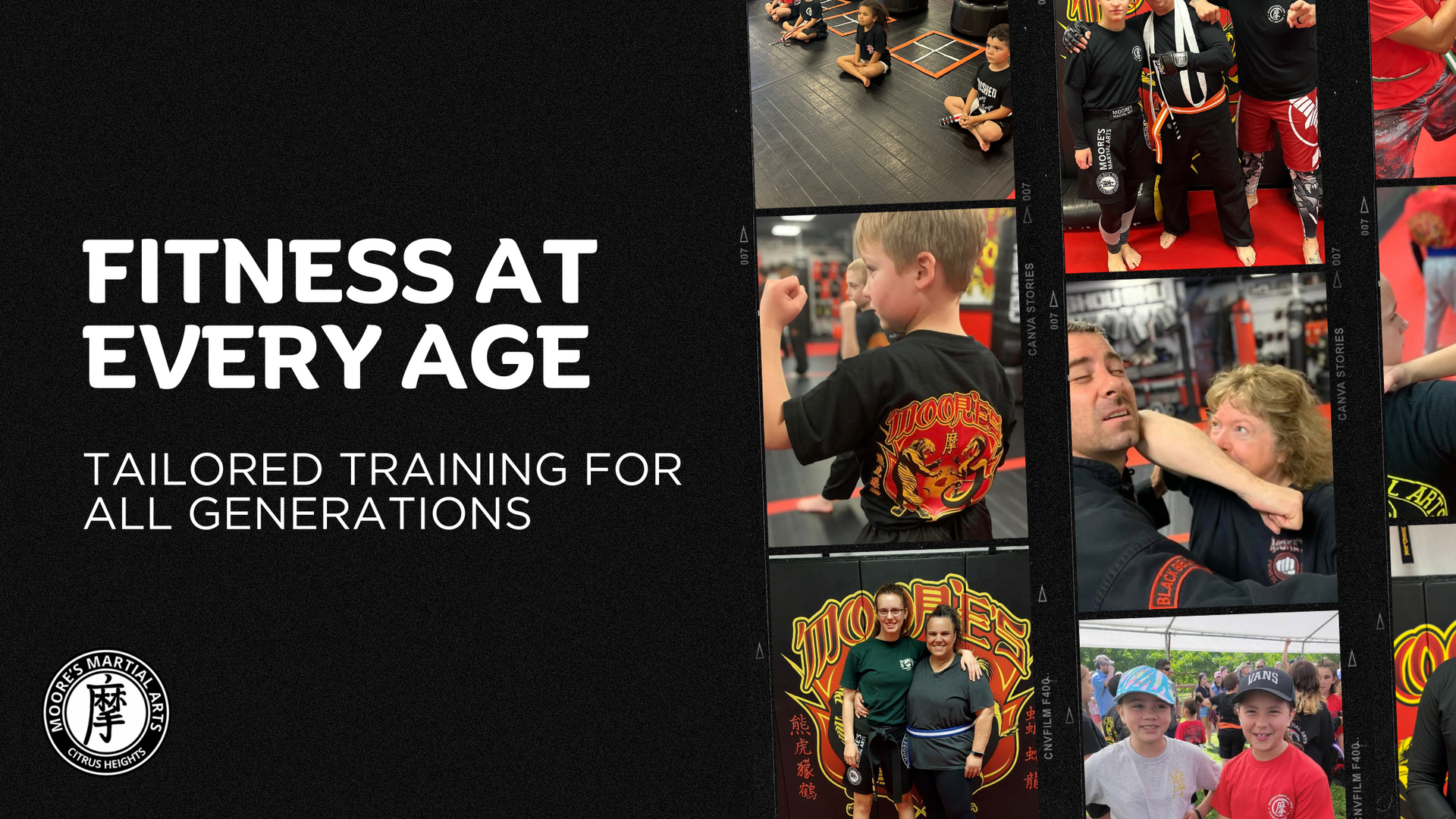
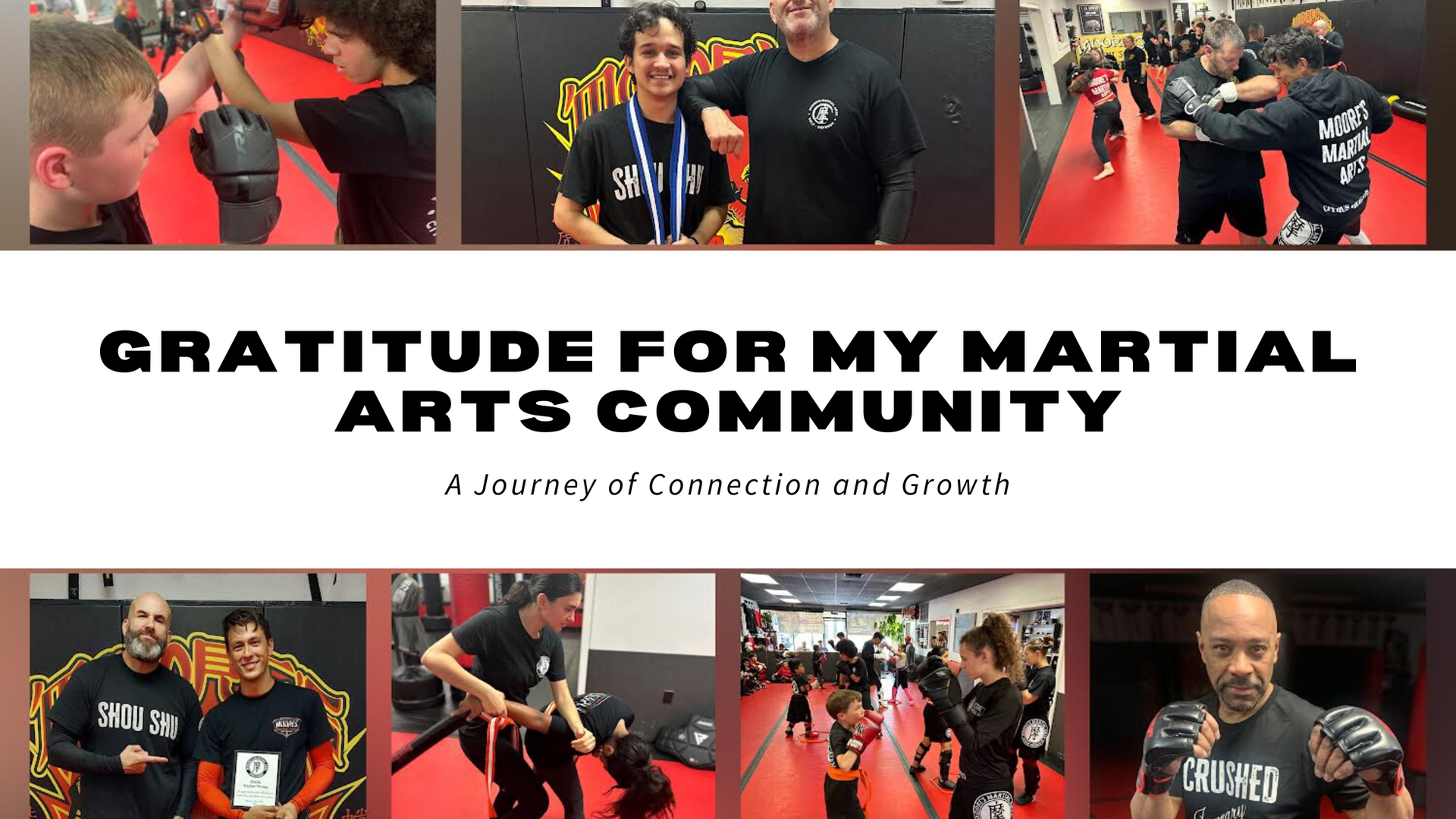
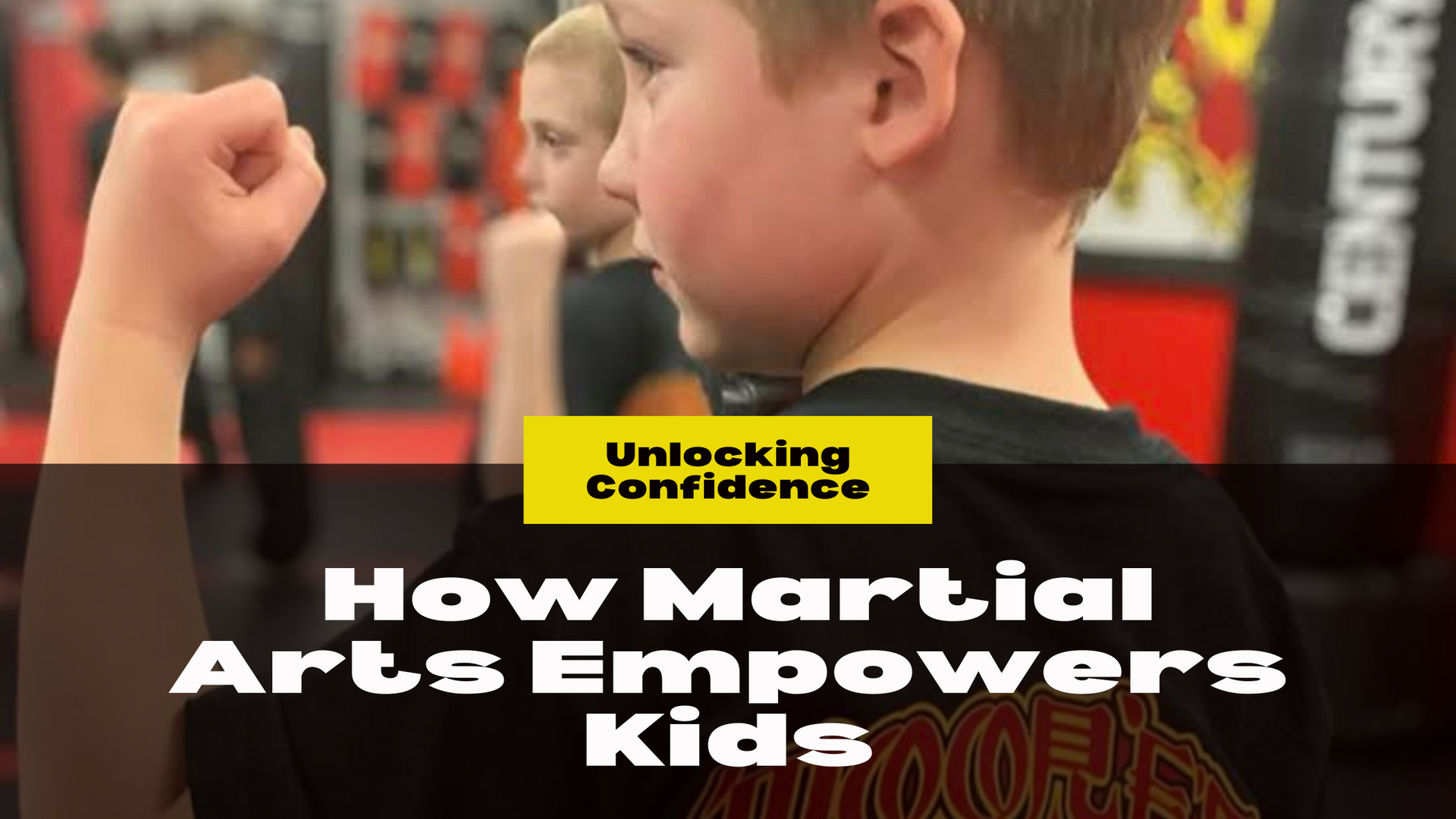

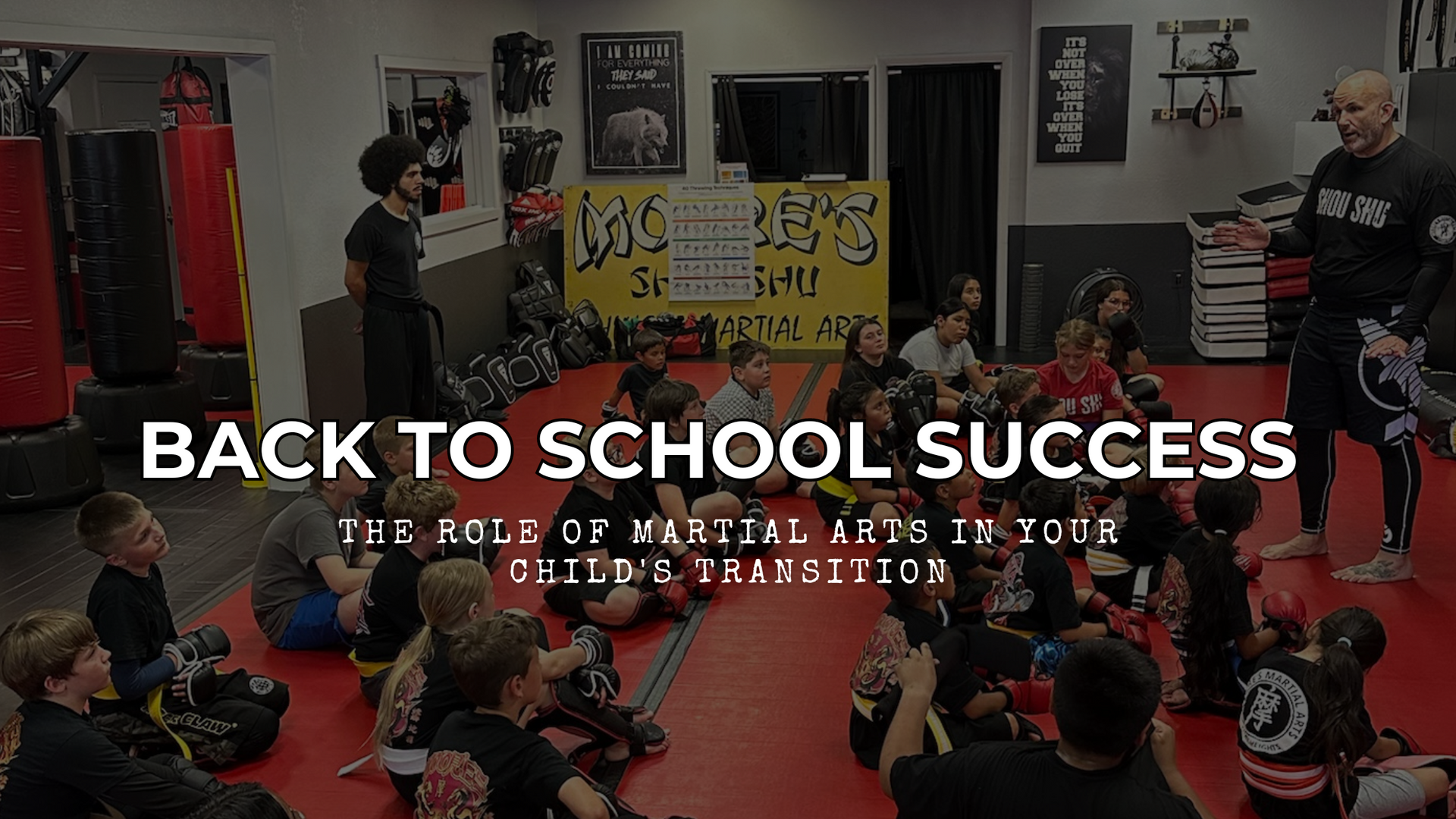

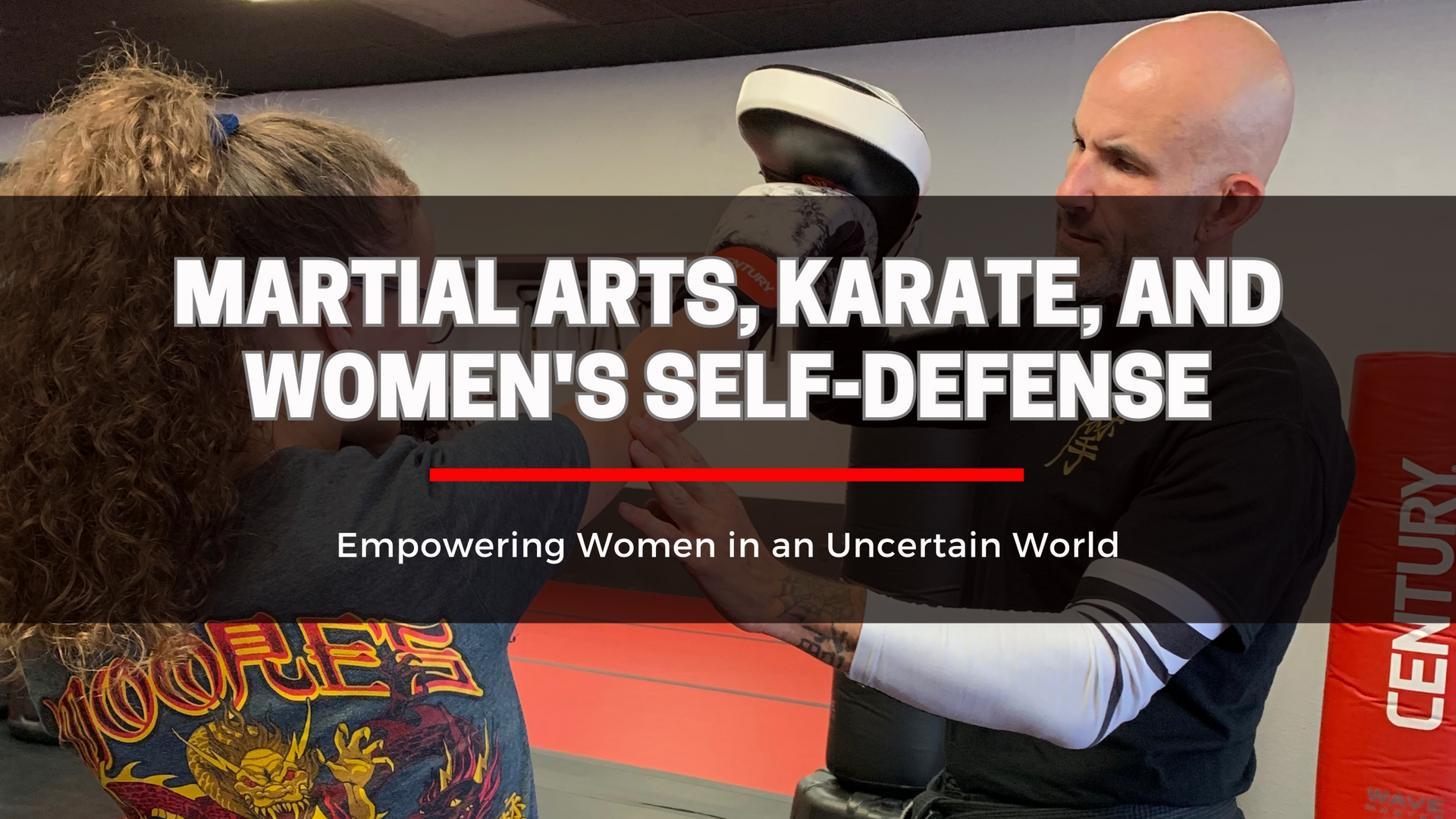
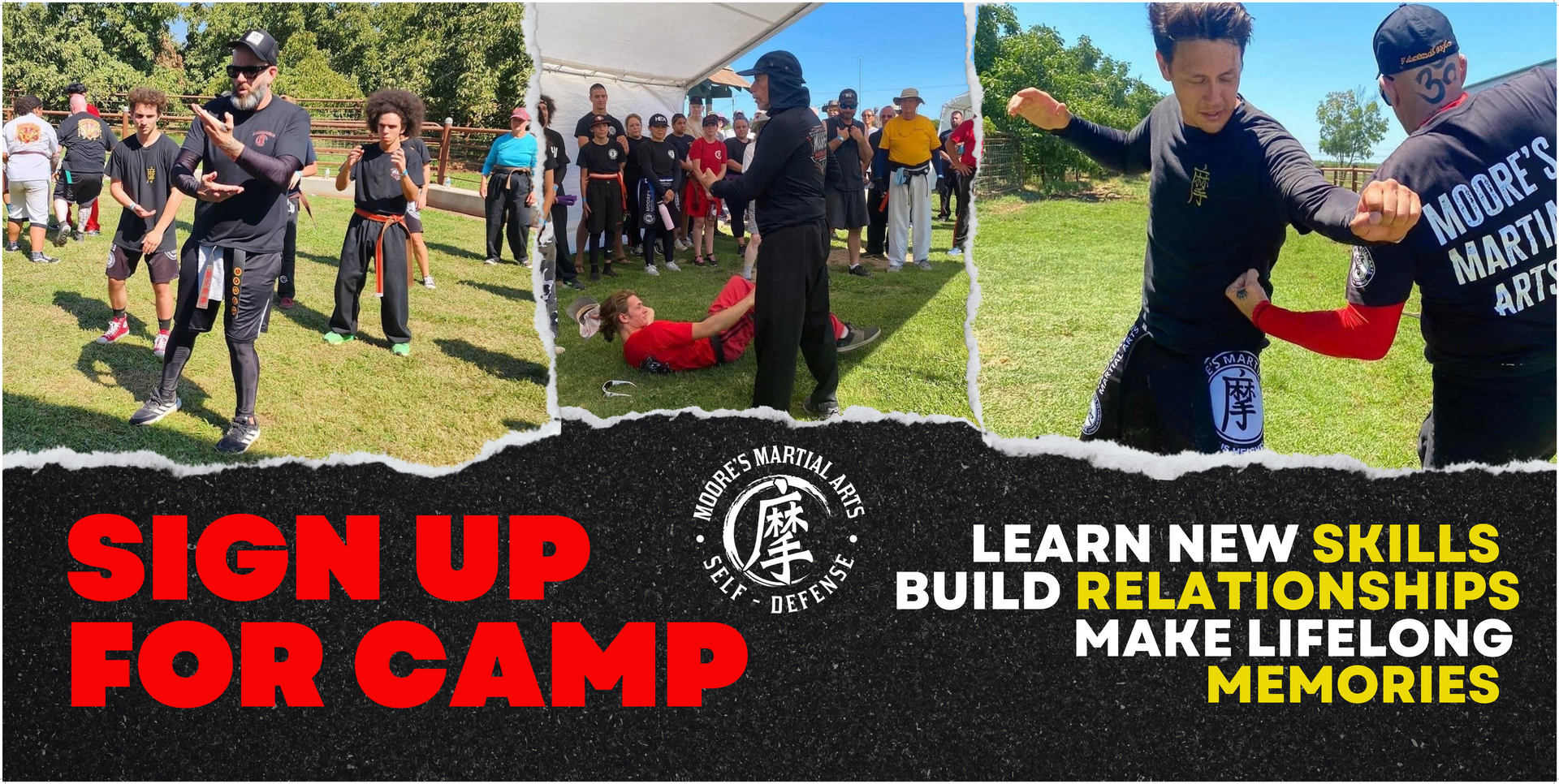
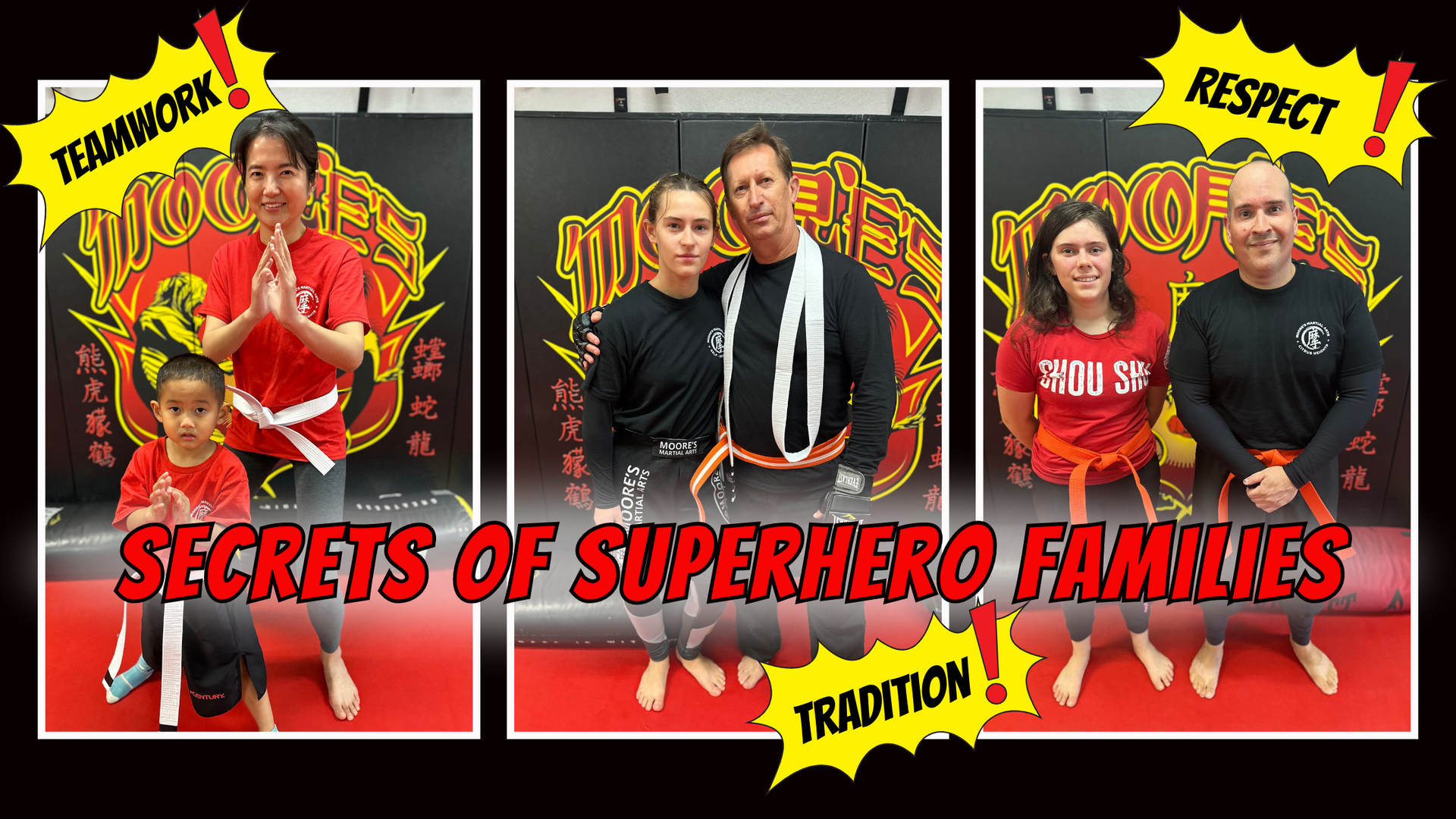
Share On: